What is MCB – Miniature Circuit Breaker
MCB (Miniature circuit breaker), an electrical switch is used to interrupt the circuit under fault conditions such as overload and short circuit. It was invented by Mr. Stotz-Kontakt in 1891. MCB does not interrupt the circuit under the earth fault condition.
In earlier days, we used fuses to trip the circuit under abnormal conditions. Fuse will protect the circuit by blowing themselves; hence you need to replace the same with a new one. The entire process consumes time.
So that, MCBs are designed to operate automatically and trip the circuit under fault condition, also we can reset the same in a lesser period. This is the main advantage of the miniature circuit breakers.
MCB Single Line Diagram:
A single line diagram is used to represent the device in the circuit.
Do you know? MCB can be used only for low voltage applications (less than 690 volts) since the short circuit current rating is less. So that, high short circuit current may damage your MCB.
Construction:
In the market, you might be seen, there are many types of MCB such as a single-pole, two-pole, three-pole and four-pole.
For simplicity, I am going to take a single-pole MCB.
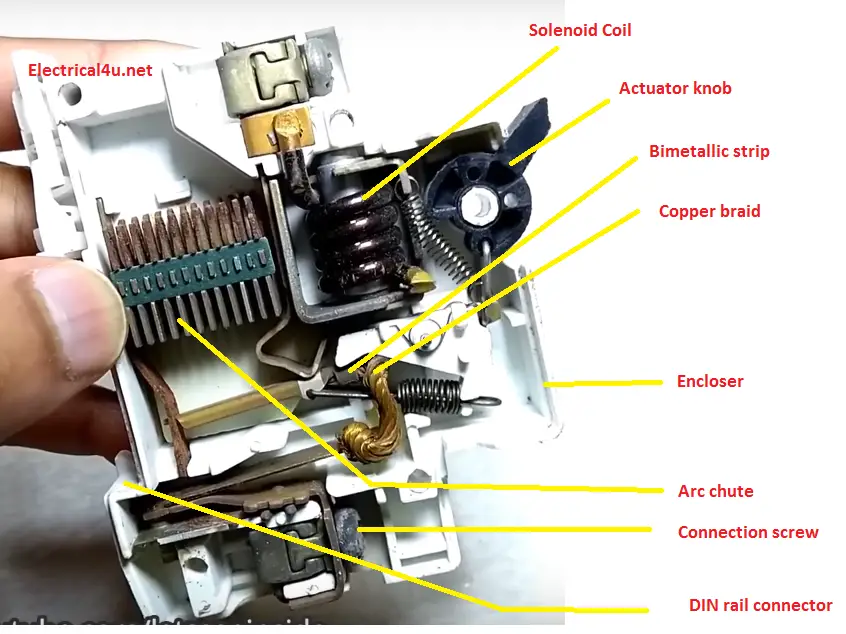
MCB is a combination of 8 different parts such as…
Actuator knob:
It involves turning on and off operation of the MCB. This is the only mechanism used to indicate the status of the miniature circuit breaker. If the knob is in the upward direction, you should consider as ON position, if it is in a downward position, the same to be considered as off position.
Note: Sometimes, It will be in the middle position, that time MCB cannot be ON even if we push it upward. It means that the MCB is in trip condition. To reset the same, we need to again pull it in a downward direction.
Solenoid/magnetic trip coil:
It is a coil used to trip the circuit breaker under short circuit and instantaneous fault condition. It is connected in series with the input line.
The inner part of the coil consists of a tripping rod, plunger, and a return spring.
Bimetallic strip:
A bimetallic strip is nothing but a small connecting metal that is associated with the tripping mechanism. It is a combination of steel and copper or steel and brass. Mostly steel is used since the resistivity of the steel is high.
The output of the coil is connected in series with the bimetallic strip.
The bimetallic arrangement is used to trip the circuit under an overload condition. It works based on “the physical state of the metal changes when the temperature of increase”.
Note: under trip condition, the bimetallic strip will be in high temperature, since you should allow some time to reduce the temperature. During that time, It will not get reset.
Arc chute:
Arc chute or arc extinguisher is a bunch of steel plates with zinc-coated material arranged as shown in the figure. The main purpose of the arc chute is, quenching the arc which developed inside of the MCB while breaking the circuit.
It increases the life span of the circuit breaker.
Connection screw:
An electrolytic copper or steel screw allows us to connect the MCB to the power source. Mostly the bottom and top side screw indicate the output and input terminal.
Sometimes I have seen, few manufactures do not use a screw. Instead, they use the lock mechanism to hold the terminal. I mean push to lock and unlock.
What type have you seen before? Leave a comment…
Copper braid:
It is used to connect the moving element to the standstill element.
DIN rail connector:
The DIN rail connection is used to mount an MCB in a rack. It would be the backside of the MCB and it is a standard size, irrespective of its size or poles or tripping or manufacture.
Encloser:
All the operations are performed inside of the encloser and which is riveted to get better mechanical strength. The encloser is made up of high insulated fiberglass. Since they offer excellent heat resistance up to 500deg.
Working Principle:
MCB incoming terminal is connected through a solenoid coil followed by the bimetallic strip. And the output of the bimetallic strip will be connected to the output screw terminal. All the parts are connected in series with each other. Under Normal condition MCB act as a switch. By using actuator knob we can turn on or turn off the MCB.
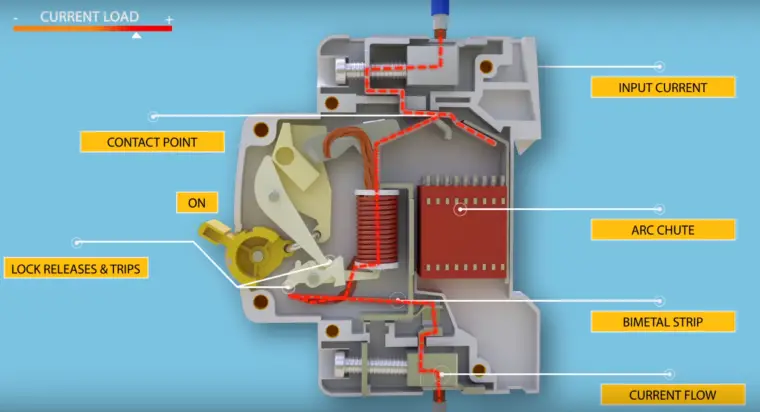
Under overload condition which means the current flows through the MCB is higher than the rated current. Now I²*R loss is generated in the bimetallic strip and simultaneously heat will be produced. The bimetallic strip starts bending. Due to this, the tripping mechanism will be operated. Refer to the below mentioned…
Under the short circuit conditions, the high current flows through the solenoid coil which creates a strong magnetic field. Due to this, the plunger inside of the tripping mechanism will be getting attracted. The plunger pushes the tripping rod. The tripping rod trips the circuit breaker without time delay.
Also, overload notation is indicated in the curved shape and short circuit notation will be indicated at a square shape..refer to the picture..
As we discussed earlier, MCB operates under two fault conditions such as overload and short circuit. For better understanding let us take an example of the single-pole 20 Amps Anchor to make MCB.
MCB Name Plate details:
C20 maximum allowable current: 20 Amps. Your MCB can withstand up to 20A, beyond that level, our MCB will consider as overload or over current.
10000 Maximum short circuit current capacity: Your MCB short circuit withstand is range 10kA. Beyond that limit, MCB will not be in the original state which may damage physically.
3 indicates the energy level of the mcb: The MCB can be used up to 5.5 KW of Power.
220/415V: It is the maximum allowable voltage limit.
50 Hz: The Frequency indicates AC operation.
In our case, if the input current through the MCB is reached more than 20 A means, the bimetallic arrangement trips the MCB. It is called an overload trip.
The overload trip will not trip the circuit instantly. It takes some time to reach the tripping stage. The tripping time will be 5 to 10 secs.
At the same time if the current flow through the MCB is more than the 4 to 10 times of its full load current means the solenoid coil trips the circuit. The short circuit does not take much time to operate. Tripping time will be 20ms.
The short circuit tripping is based on the types of MCB only…
Types of MCB:
They are classified into five major types according to their instantaneous tripping characteristics. Look at their operating curves..
- Type B: Trip the circuit when the current flow more than 3 to 5 times of its full load current. Mostly they are suitable for resistive and inductive loads. we recommend you to use for household applications such as a heater, lighting, small ceiling fan application, etc.
- Type C: operates at 5 to 10 times its full load current. Better for high wattage lamps such as mercury or sodium vapor lighting. They are preferred to handle high short circuit currents. They are recommended for Industrial applications.
- Type D: Operates 10 to 25 times its full load current. Mostly they are used for very high inductive loads where frequent switching surges such as small electrical elevators, X-Ray machines, welding machine etc.
- Type K: The MCB trips The circuit If the current flow reaches 8 to 12 times. It protects the electrical equipment such as transformers, Induction Motors, and other auxiliary loads from short circuits and overloads.
- Type Z: The MCB operates when the fault current reaches 2 to 3 times its full load current. Since they are suitable for commercial applications and switching on the small loads.
Advantages
- Suitable for low voltage and low current applications
- Short circuit Fault sensitivity is higher
- The hassle-free operation, no need to replace/carry the fuse element.
- Less maintenance, frequent lubrication is not required
- Available at different forms such as two-pole, three-pole and four-pole.
- Higher electrical safety
- Less replacement cost
Disadvantage:
- MCBs are available at a maximum range of 125 Amps. MCBs are not preferable for the area whereas the load requirement is high. The current setting can not be adjustable.
- It does not have earth fault protection.
- Costlier than switch fuse unit.
- An increase in room temperature causes a nuisance trip.
- The wear and tear factor is high.
- The selection of MCB should be taken care of since Type B operates faster than type C and D.
- Not suitable for high voltage applications
FAQ – Frequently Asked questions
I have worked in the industry for over 10 years, let see the few questions.
How to Select MCB?
Cost basis: DC MCB > AC MCB
Best Quality: ABB > Telemechanic > Siemens > L&T > Hager.
My suggestion is to go for a cheaper one that is L&T.
At the same time, you should see the available protection refer to the picture the MCB is having both short circuit and overload protection.
But some manufacturers do not include both the future.
Note: Do not use MCBs where your demand is more than 40 A. Use 63 A & 100 A MCCB instead of MCB 63 A & 100 A. Increase in load current through the MCB which will reduce the life of MCB
How to rest the MCB:
Under the trip conditions, It will be in mid-portion state. Just Pull it in downward for reset and push in upward turn on.
If it trips in short circuit condition, you can reset it immediately, but if it is tripped in overload means, it takes max 30 sec to reset.
Best MCB for Household lights?
Go for Type B which gives better performance for households such as lights, water heater, DVD player, Geiser.
Best MCB for Air Conditioner?
Type K can be used for inductive loads such as motor, air conditioners, water pumps etc.
What are the steps to avoid the failure of MCB?
- Do not Load MCB more than 70 % of its full load rating (Load means current)
- Make sure terminal Screws are in tight condition.
- Use lugging to connect cables and MCB’s terminals Click this to know about lugging.
- Do not turn on during fault condition frequently (max two or three times are allowed). 80 % of the MCBs failure due to this reason only. The frequent flow of high current damages the inner bimetallic strip.
Dont’s with MCB
- If the load current is more than 40 Amps, I do not recommend to use MCB. Instead of you can use MCCB, which gives the best performance in a higher load.
- Do not connect multiple numbers of single stand cable without lugging all together.
- Do not use high starting current applications like Coal crusher, Coal grinder, Crane, long trolley, cross trolley etc…
- Do not use it as a main incomer of lighting circuits without RCCB (Residual case circuit breaker) or ELCB (Earth leakage Circuit breaker), because it does not protect the circuit from earth faults
How to Select MCB for Industrial Use as per Installation:
- Calculate load current, put 150 % X load current = Rating.
- Use 2 Amps/1 Amps rating for control circuit (it will withstand up to 200-400 watts coil)
- Use 6 Amps rating for Panel accessories like an Exhaust fan, illumination lamp, Space heater.
Video Explanation of MCB in English:


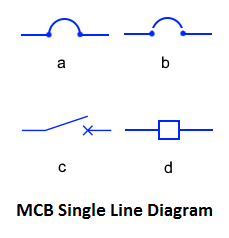
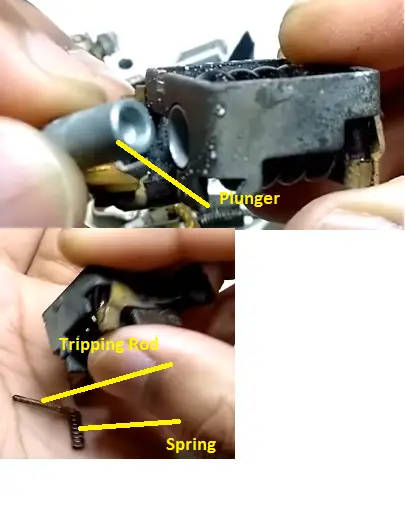
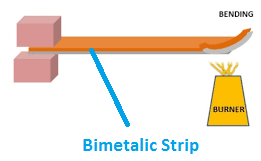
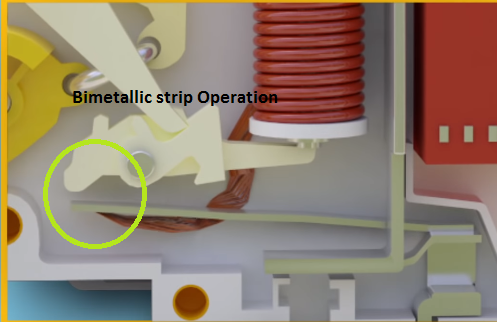
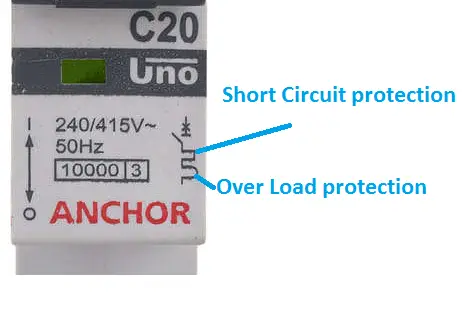
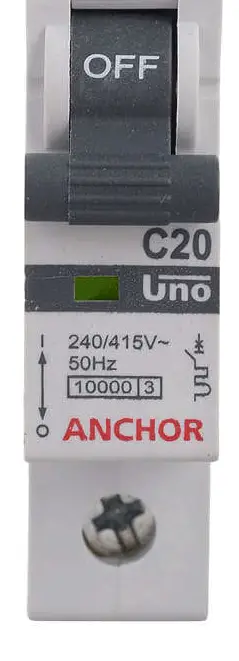
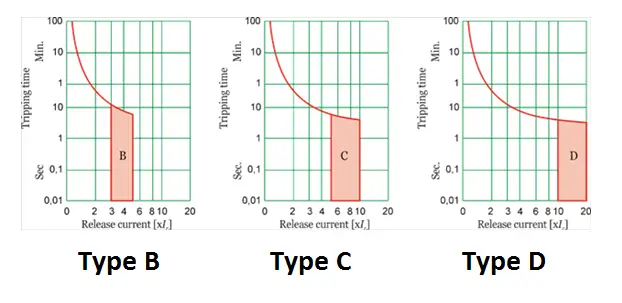
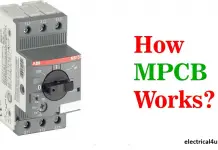
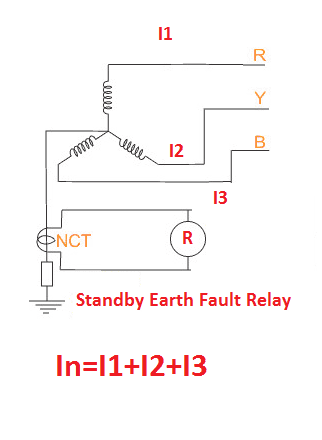
![What is Normally Open & What is Normally Closed [Video Included] What is NO and NC](https://www.electrical4u.net/wp-content/uploads/2020/09/What-is-NO-and-NC-218x150.png)
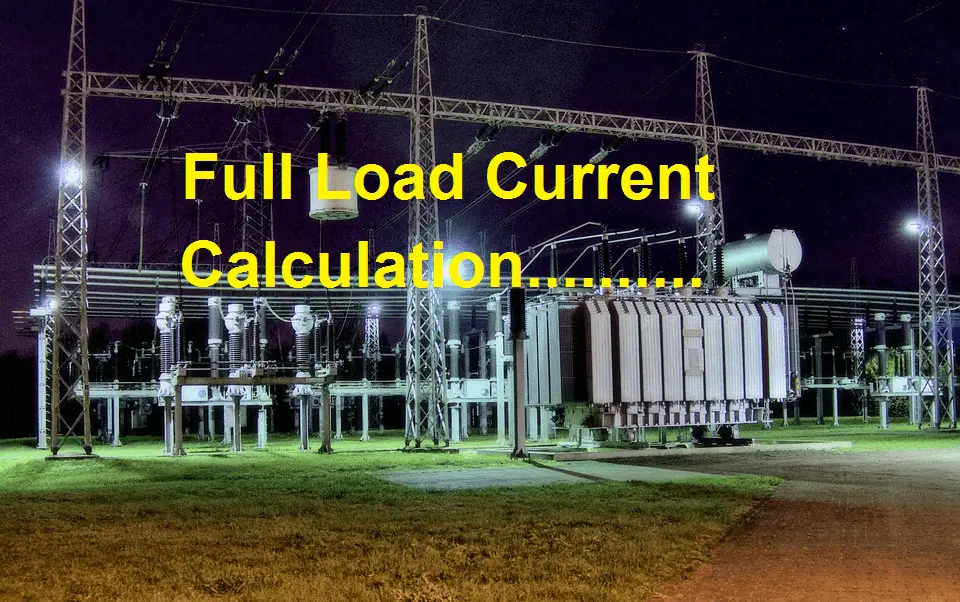
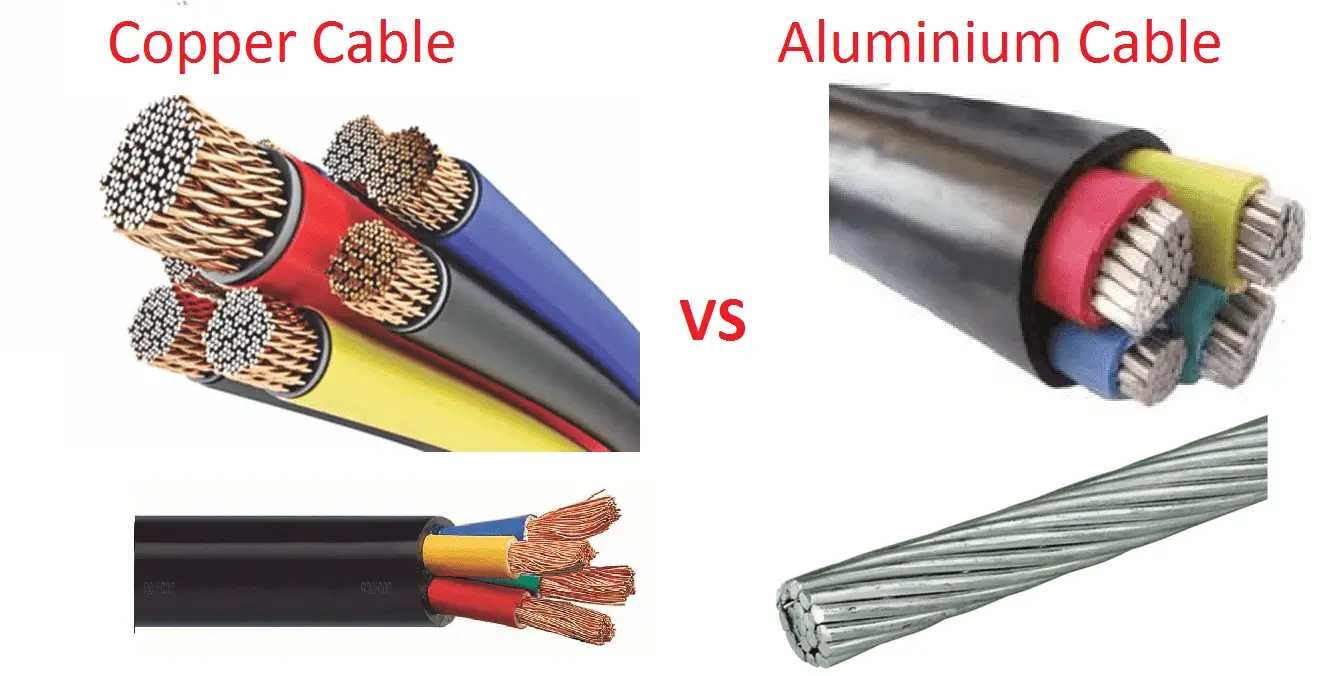
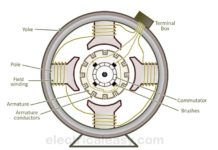
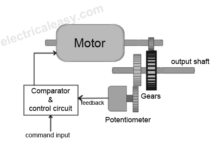
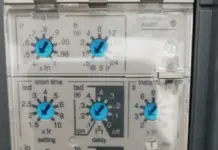
What an amazing topic , Thank you
This is a great article and you are banged on with your points about what is MCB, construction, working, types.
On this article you will get to know about the mcbs select mcb avoid failure mcb. I enjoyed reading this article as it provided me with lots of information regarding the topic.I really loved it and thank you very much for sharing this with us. You have a great visualization and you have really presented this content in a really good manner.
It’s a great source of knowledge; I think it will be helpful for lot of people who are looking for mcbs select mcb avoid failure mcb. Thank you very much for sharing this article, this is really helpful for me, thanks again!
Looking for the things on mcbs select mcb avoid failures,this can play a great role in our life now a days. In order to get better information and guidance can take help from this blog.It plays a vital role in our life.It can be really great for people like me who are looking for grabbing more knowledge about it.
This is a very informative blog, thanks for sharing about mcbs select mcb avoid failure mcb . I liked and it is wonderful to know about so many things that are useful for all of us! Thanks a lot for this amazing blog!!
This article is very informative and you can get deep information about the MCB and its pros and cons. You have covered all information about MCB. This is an informative blog, thanks for sharing such a great article would love to see more kind of blogs like this.
easy to understand MCB functionality, great explanation thank you